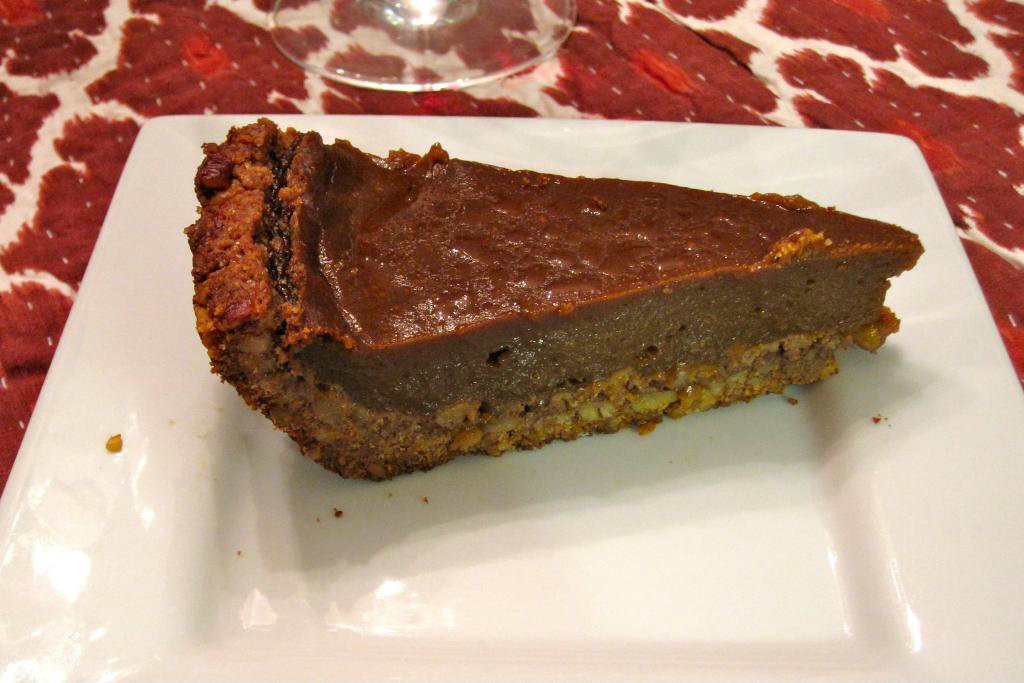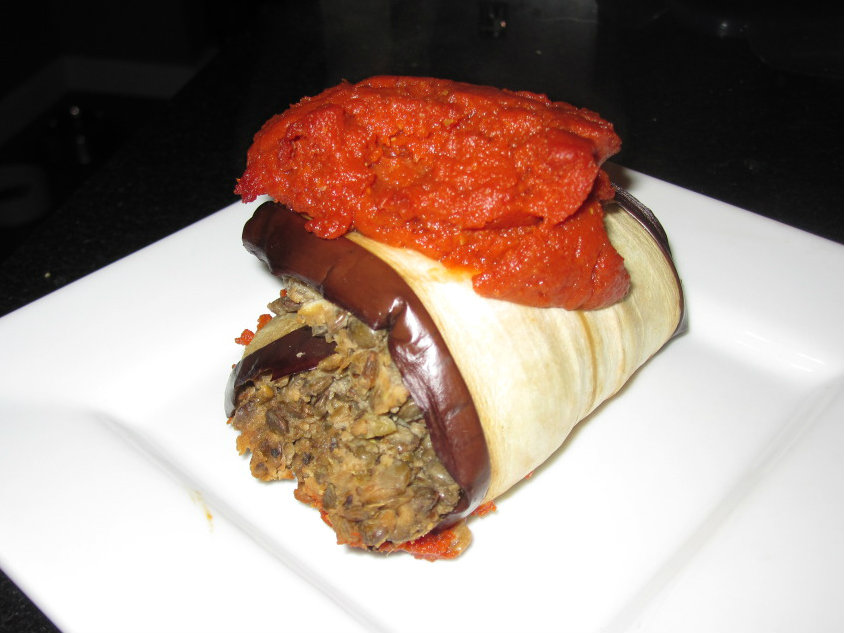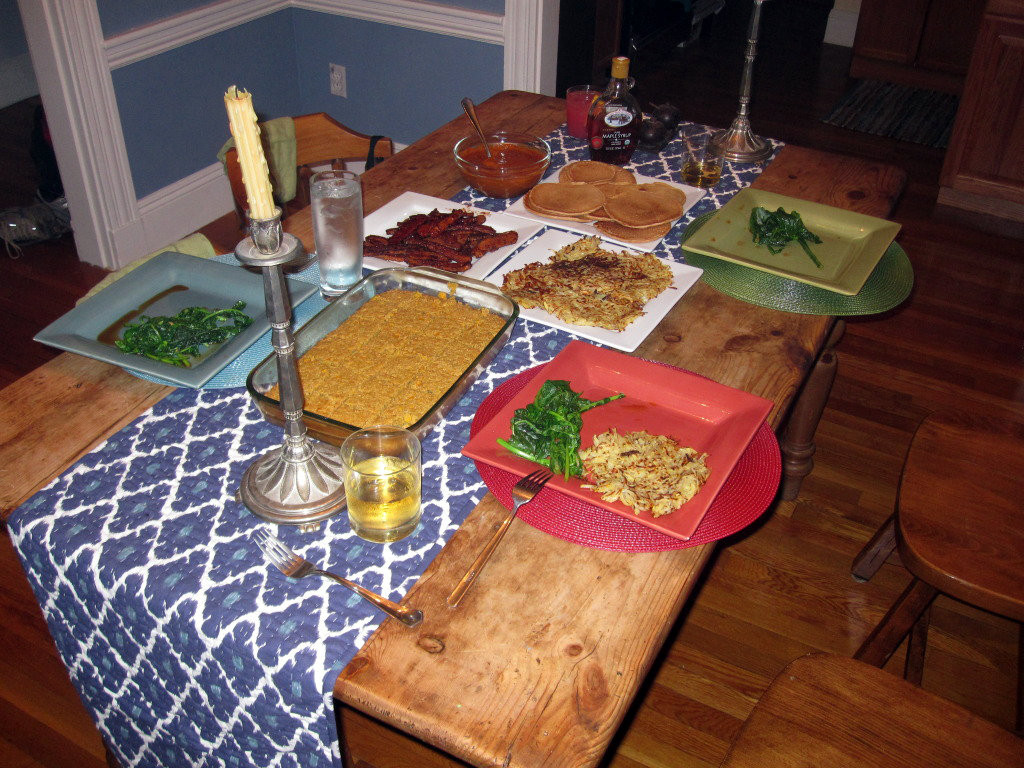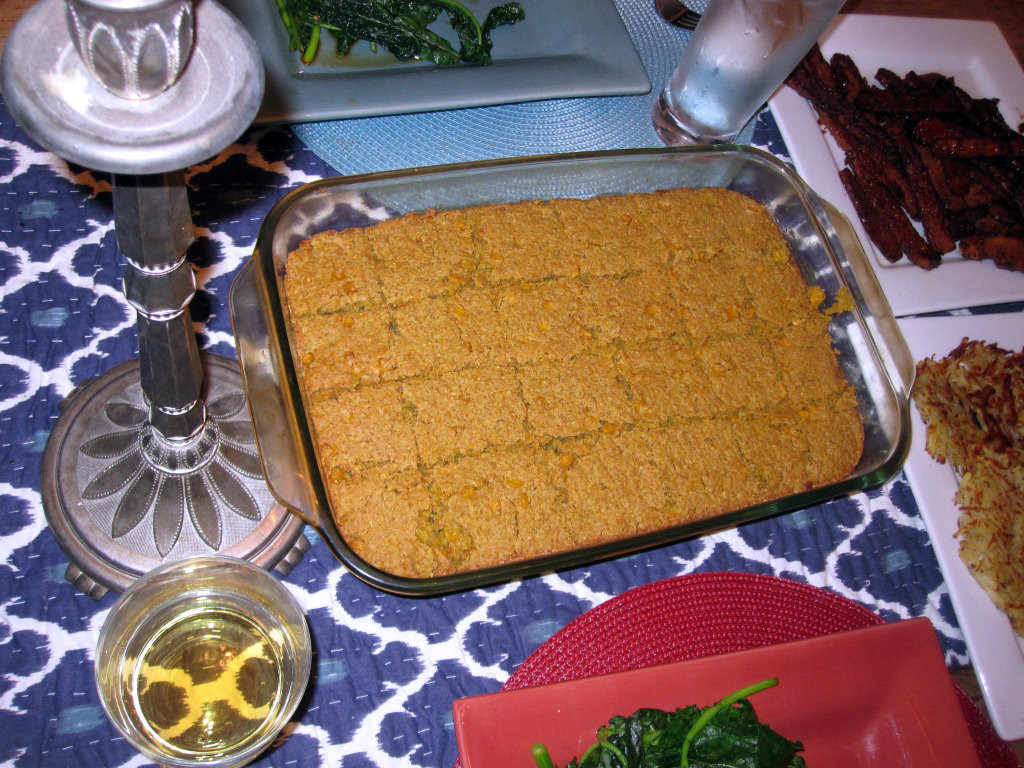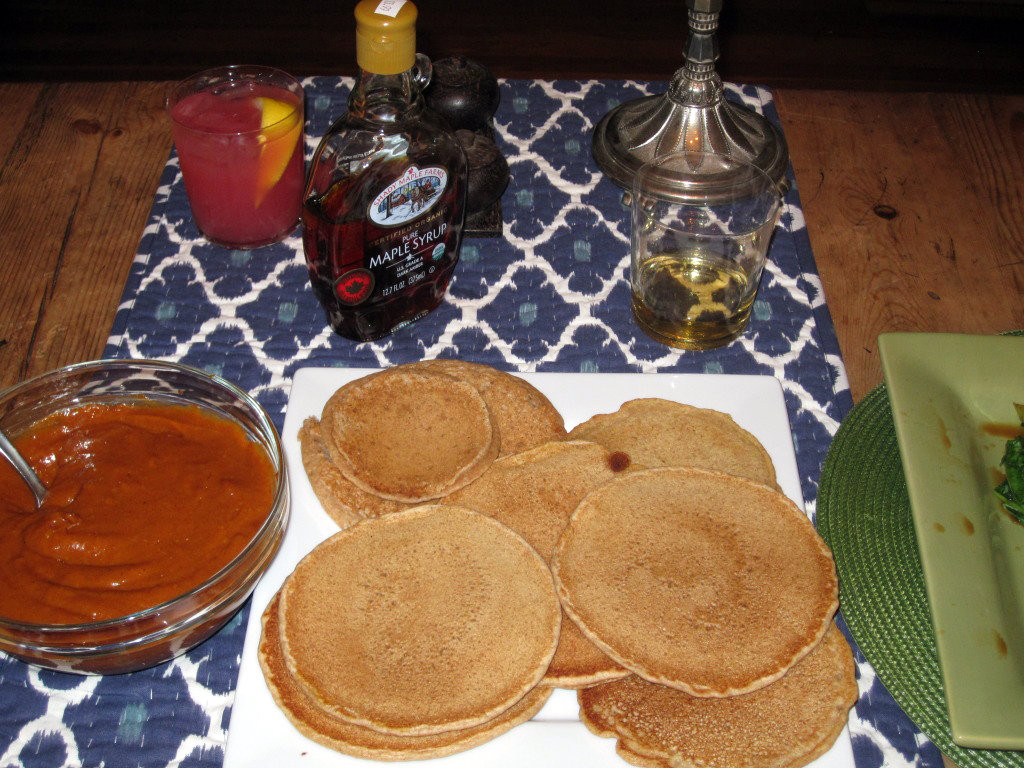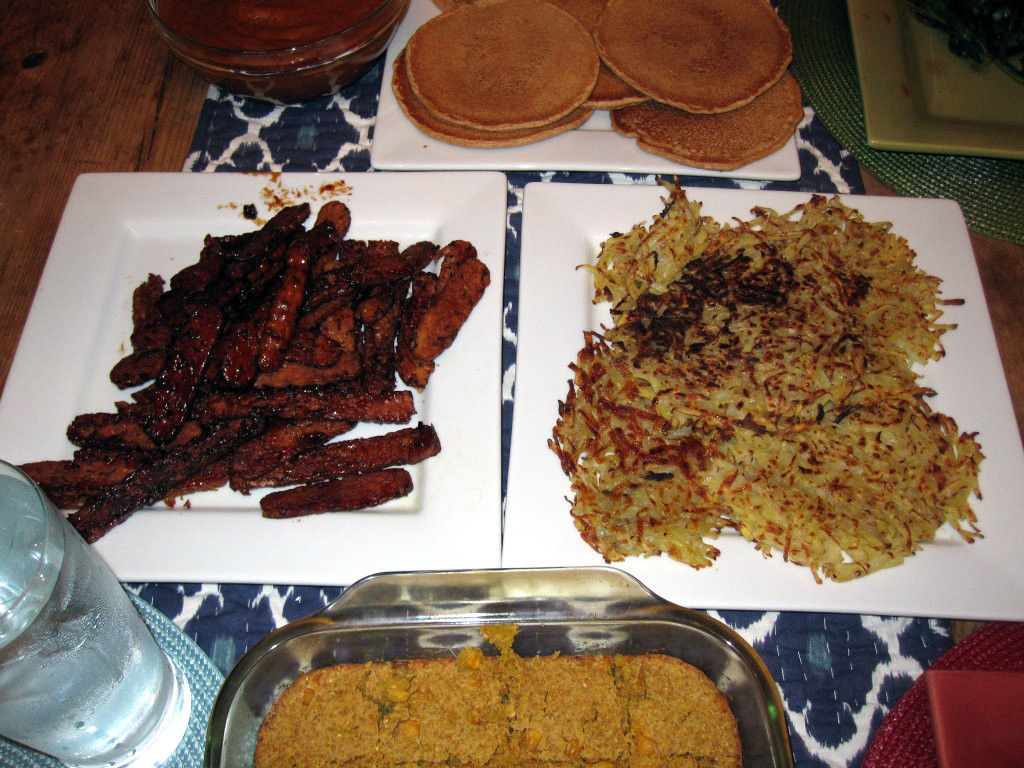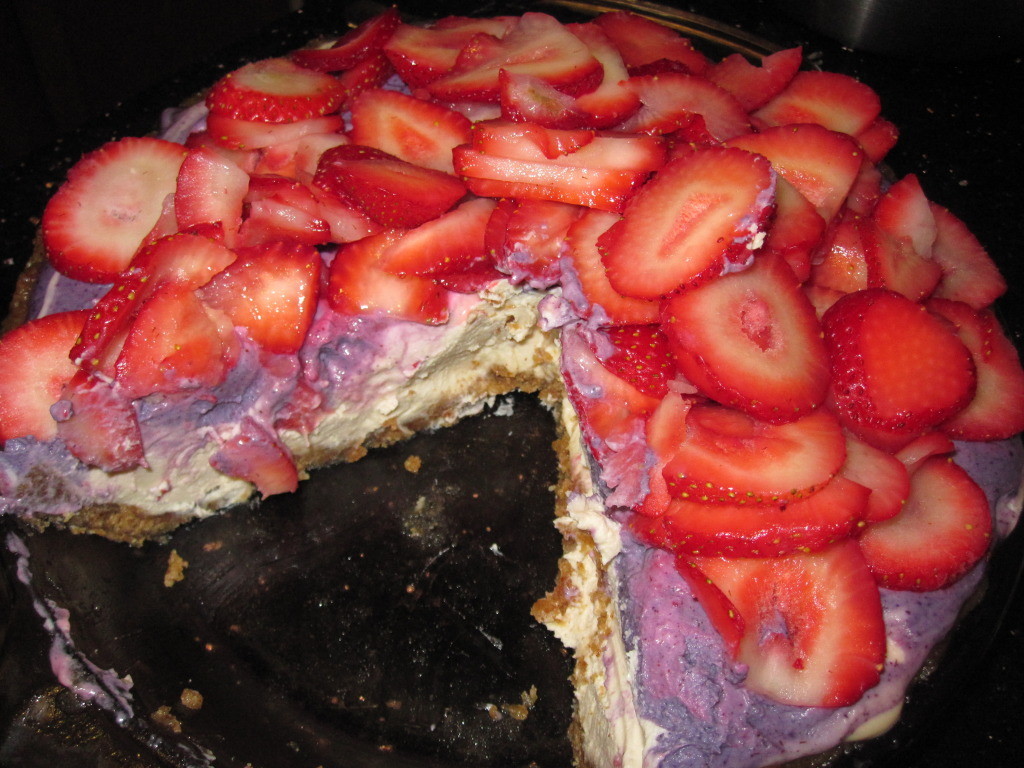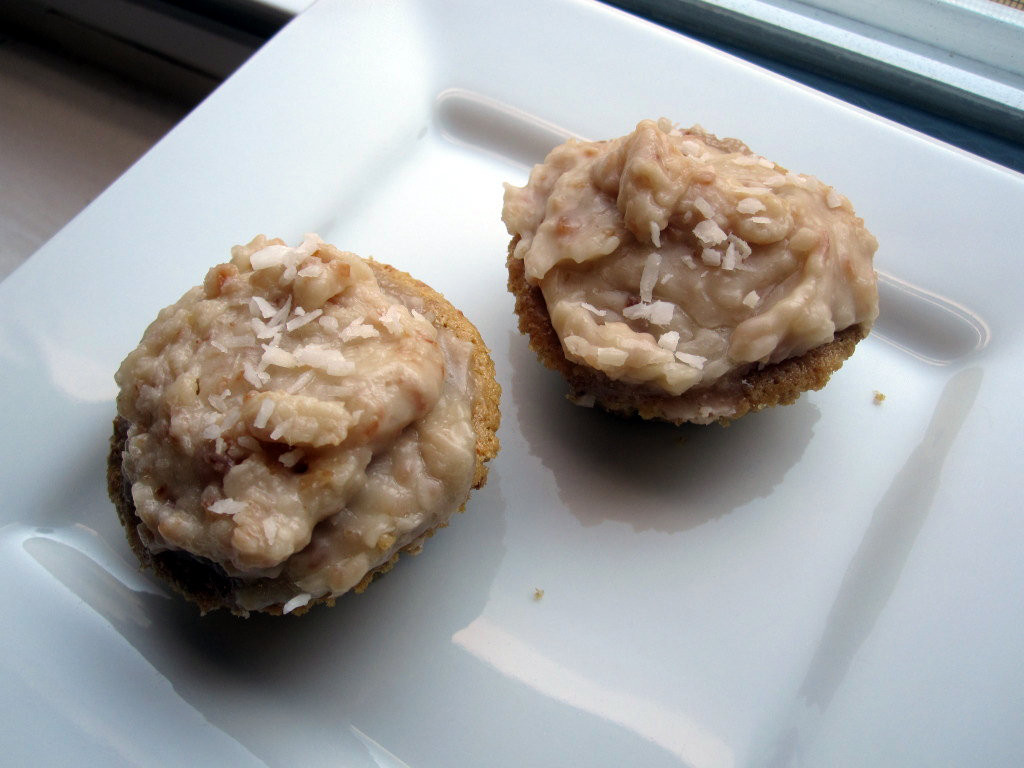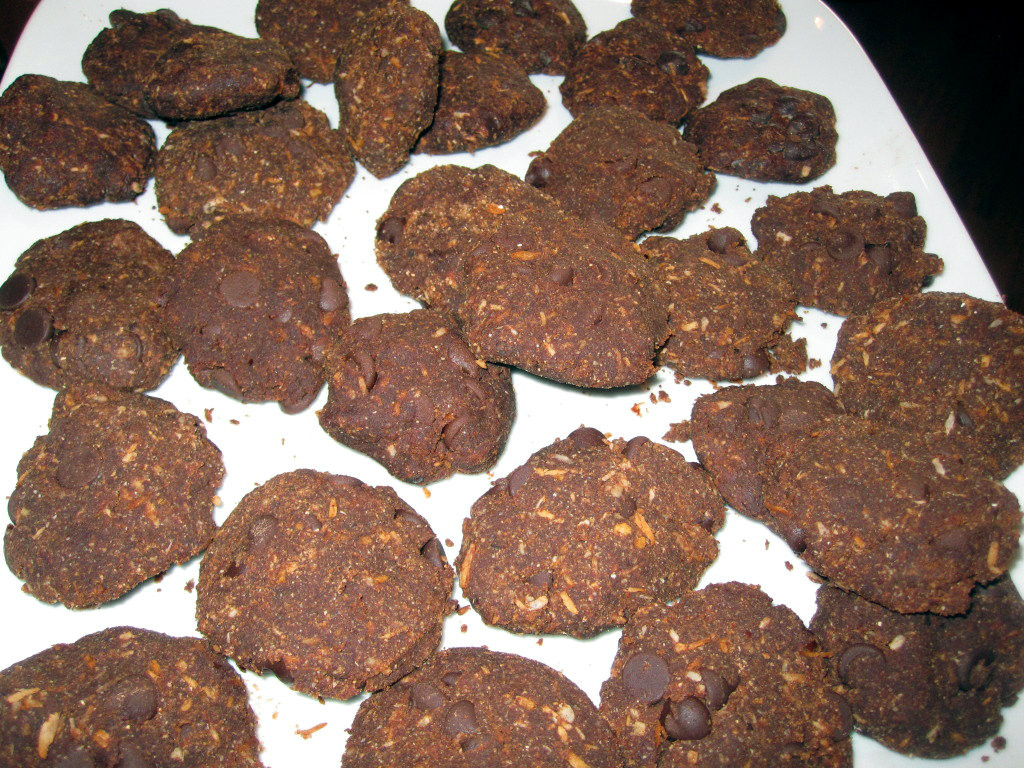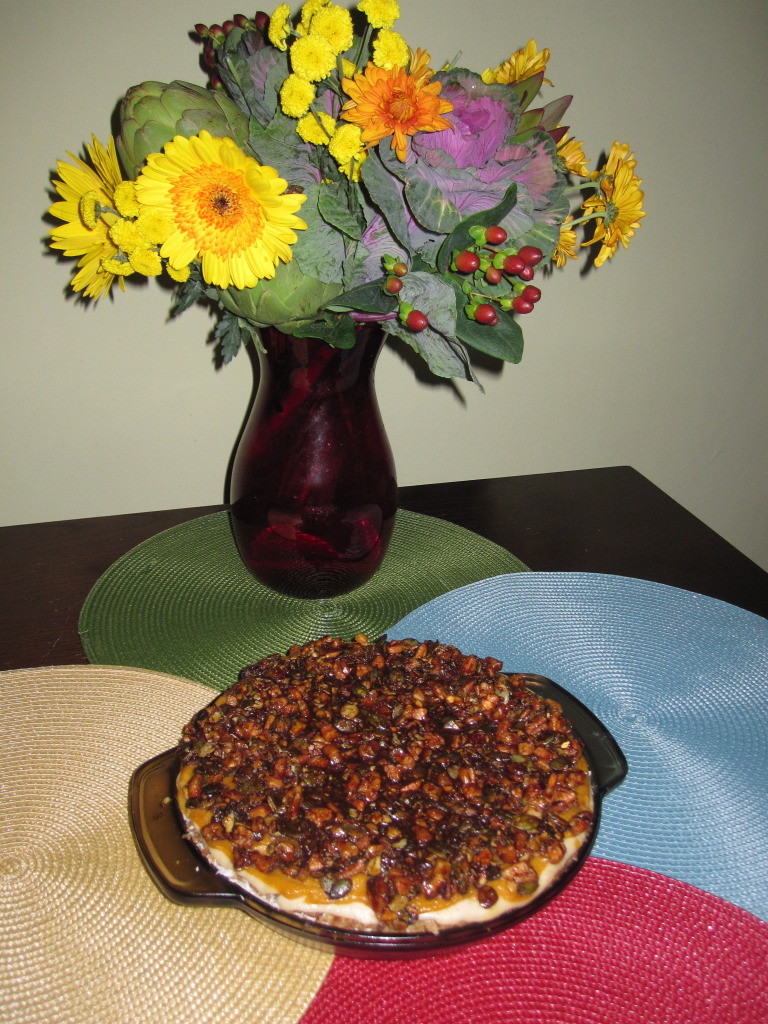I recently received an inquiry about my thoughts on an article about hunting. In the article, the author states that “the production of soy and tofu on an industrial scale requires quite a lot of killing,” as millions of animals, including deer, birds, mice, and squirrels are “shot, trapped and poisoned by the millions every year in North America for the sole purpose of protecting crops.” The author argues that, therefore, the more ethical thing for us humans to do is to kill deer by our own hands (or guns, rather, but never mind).
First of all, I would like to point out that the number one consumer of soy are farmed animals! If the author is concerned about the many animals who are killed growing soy then he should absolutely abstain from animal products. Period. The end.
But let me address some other points about hunting, because I get asked about this topic a lot. First, whenever someone brings up hunting as a way of challenging veganism, I’m always inclined to ask, do YOU hunt? For the vast majority of people the answer is no, which makes me wonder why we’re even having this conversation in the first place. After all, only 7% of the US population hunts. But if you do hunt, my next question is, so does your meat consumption consist only of the animals you have hunted? The hunters I know do not abide by a strict my-kill-only policy regarding what they eat. They don’t go to restaurants and ask if all the meat on the menu came from hunted animals. Nor do they go to a friend’s home for dinner and refuse to eat the hostess’s pork chops unless they came from a hunted pig. While I certainly don’t claim to know all the hunters in the world, I have never met or even heard of a hunter who has eliminated dairy, butter, eggs or cheese from their diet even though these products come from animals who most certainly are not hunted (cows and chickens). So even for most hunters, the “hunting excuse” doesn’t hold much water.
In the article I was asked about, the author exclaims, “Odds are that there is a wild deer within a few miles of wherever you are sitting as you read this.” (Oh goody!) “Many state and local parks allow hunting in designated areas,” he goes on. “There is probably some place within an hour’s drive of your home where you can hunt deer for food.” And lest your conscience begins to squirm with the thought of blowing up Bambi, he assures you: “These are not endangered species; whitetails in particular are dramatically overpopulated in much of North America.”
It all sounds so natural! So righteous! So pure! Who could object to getting in touch with our natural cave man instincts?
But if we dig a little deeper it’s clear things aren’t very natural at all. The truth is that, whether on public or private land, the overwhelming majority of animals hunters pursue are purposefully nourished, sheltered, and restocked to ensure that their populations remain high enough to meet hunter demand.
Because hunters spend large amounts of money buying licenses, permits, and equipment–indeed, hunting is far more of a luxury than a means of survival– and because in the United States the federal government dispenses funds to state wildlife agencies based on the number of licenses they sell, state and local wildlife agencies view game animals as economic resources to be maintained for “maximum harvest.”
“To induce higher rates of reproduction and denser population of game animals, federal and state wildlife agencies manipulate population and ecosystems through a variety of techniques,” explains Gary L. Francione in Introduction to Animal Rights. These include, “the clear-cutting and burning of wooded areas to provide grazing ground for deer and other game animals; destroying predator populations; digging and diverting waterways and damming streams and rivers to provide lakes and marshes for ducks; planting berry bushes and fruit trees to attract deer and bear; winter-feeding; providing roost structures and nesting grounds to attract popular species; restocking areas when populations get low; and fencing in tracts of land to increase population density.”
Even whitetail deer–the animals most often claimed by hunters to be overpopulated and in need of “thinning out” (as the author in the article does)–are managed and manipulated by wildlife agencies to maintain dense populations for hunters. Wildlife agencies often limit hunting to bucks so as to ensure that the does remain to reproduce and thus increase population size. The New Jersey Division of Fish, Game and Wildlife, for example, explicitly states that “the deer resource has been managed primarily for the purpose of sport hunting.” Some wildlife agencies also employ management techniques for the purpose of producing ‘trophy deer,’ or large, heavy stags with giant antlers prized by hunters. Hunters and wildlife agencies are not concerned about reducing deer herds, but rather with increasing the number of targets for hunters and the number of potential hunting license dollars. “As a general matter, wildlife agencies are hostile to nonlethal alternatives to hunting, such as contraception, which has proven effective in controlling the size of deer herds but decreases the availability of animals for hunters to kill,” says Francione. The deer overpopulation argument is simply a smokescreen hunters and wildlife agencies use to justify their sport.
Let’s not pretend there’s anything “natural” about hunting. Hunters kill more than 200 million animals yearly, not using the natural strength of their hands or the grip of their jaws but with an arsenal of rifles, shotguns, muzzleloaders, handguns, bows and arrows. Millions more animals are crippled, orphaned, and harassed. “It is estimated that, for every animal a hunter kills and recovers, at least two wounded but unrecovered animals die slowly and painfully of blood loss, infection, or starvation. Those who don’t die often suffer from disabling injuries,” states the organization
In Defense of Animals. Bow hunting, often touted as more “fair” and “natural”, also wounds more animals than it kills. In addition, the stress that hunting inflicts on animals–the noise, the fear, and the constant chase–severely restricts their ability to eat adequately and store the fat and energy they need to survive the winter. Hunting also disrupts migration and hibernation, and the campfires, recreational vehicles, trash, and other hunting side effects endanger both wildlife and the environment. For animals like wolves who mate for life and have close-knit family units, hunting can severely harm entire communities.
But even if there were something “natural” about hunting, does that really justify it? Pedophilia is a genuinely natural urge for some people. And rape, after all, frequently occurs in nature, as does infanticide, maternal abandonment, cannibalism, and even filial cannibalism (when adults eat their own young). Does that somehow mean we should choose to do these things?
I also think we need to recognize the difference between intentional harm and unintentional harm. Let’s say I build a state highway for the citizens of Massachusetts to commute. Because of the inherent risks in driving, it can be estimated that each year approximately 9 people will die in car accidents on my highway. If one year I decide to close the highway, would I be justified to go out and intentionally run over 9 people? Couldn’t I argue that had I kept the highway open, 9 people would have died anyway so it’s all the same? No, that would be absurd! Similarly, learning that you consume a product that results in indirect harm should not be seen as a justification to commit direct, intentional acts of violence instead.
Mariann Sullivan, animal law professor and co-host of one of my favorite podcasts,
Our Hen House, puts it well: “While it’s true that plant agriculture takes animal lives, it doesn’t necessarily have to (or not as many anyway), while hunting, by definition, has to.” I believe that if we learn we’re doing something harmful or participating in violence in some way, this should motivate us to seek out less harmful alternatives, not throw up our hands and give up. So rather than going out and killing a deer, as the author suggests, why not just stop buying soy and grain products from massive corporate producers? How about looking into companies that use
polyculture systems (which closely mimic nature’s ecosystems, within which insects, birds, small mammals and other wildlife thrive)? What about buying more whole vegetables instead of the packaged goods that use highly processes grain as fillers? You could even grow your own veggies! There are so many less destructive options out there, I have trouble believing someone would choose to actively kill animals because they are concerned with causing less harm.
Lastly, I’d like to recommend checking out an organization called
The Food Empowerment Project which seeks to create a more just and sustainable world by recognizing the power of one’s food choices. In concert with their vegan advocacy, F.E.P.’s mission is to “encourage healthy food choices that reflect a more compassionate society by spotlighting the abuse of animals on farms, the depletion of natural resources, unfair working conditions for produce workers, and the unavailability of healthy foods in low-income areas.” I think this mission is so wise because it recognizes that many of the world’s injustices are interconnected, and thus we cannot tackle one injustice while perpetuating another.
For me, being vegan is about causing less harm. It’s about making choices that reflect my values of non-violence, justice, and compassion. It’s about choosing to celebrate life and peace rather than romanticize death and violence. Thanks for reading.
